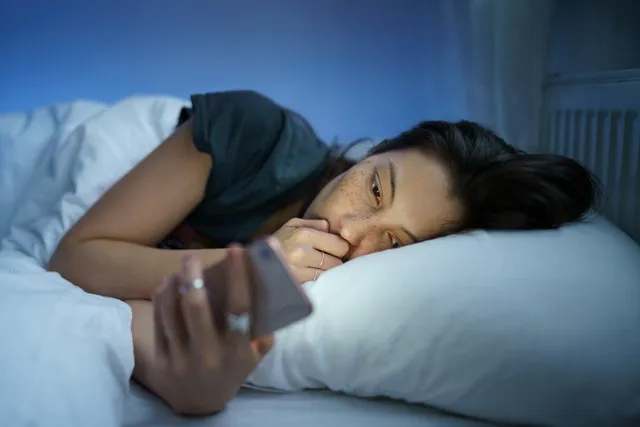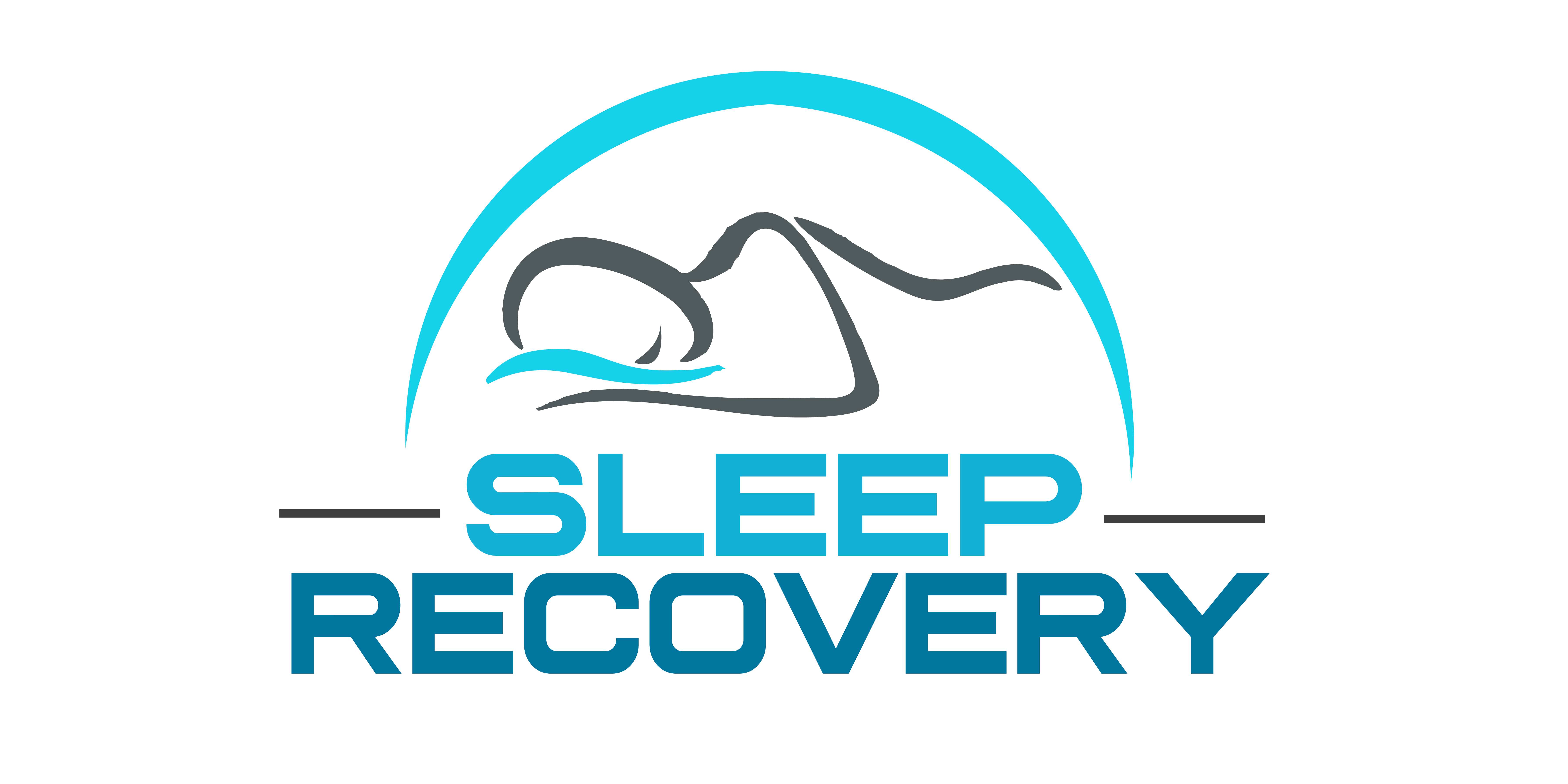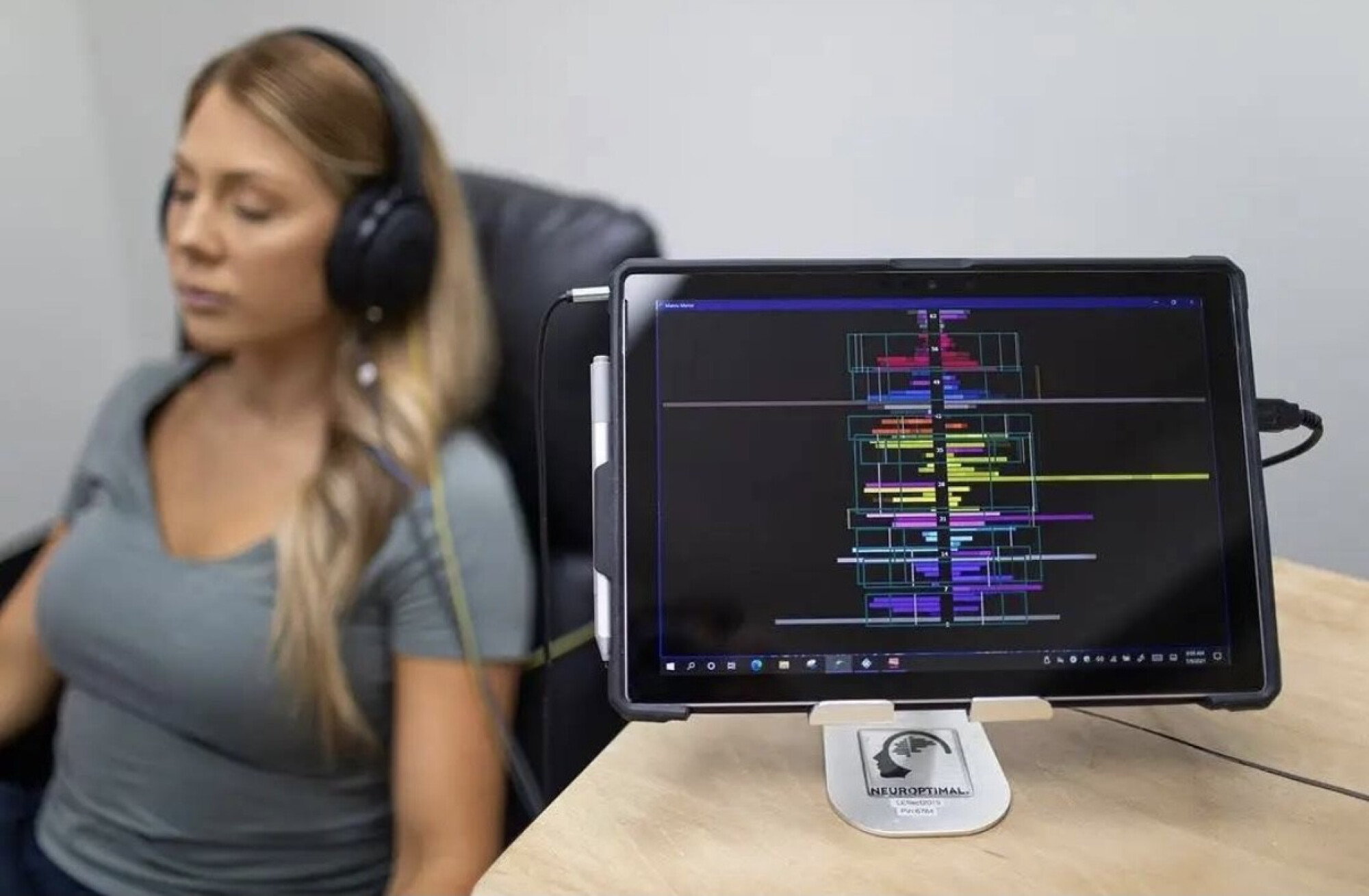Sleep Hygiene: The Comfortable Myth We Can’t Seem to Wake From

A pre-programmed dimming light falls upon Sarah Emerson’s meticulously crafted sleep sanctuary. The room temperature sits at precisely 65 degrees. No electronic devices lurk within arm’s reach. Blackout curtains eliminate every whisper of external light. A white noise machine murmurs soothingly, masking the occasional car passing outside her suburban Chicago home.
Sarah has followed every sleep hygiene recommendation with religious devotion for three years. Yet, night after night, she lies awake, another casualty in an unacknowledged scientific stalemate.
“I’ve done everything right,” she exhales, eyes wide at 3:17 AM. “No caffeine after noon. Regular exercise—but never within four hours of bedtime. Consistent sleep schedule, even on weekends. Relaxation techniques. Warm baths. Everything they tell you to do.”
Her voice breaks slightly. “Why am I still awake?”
Sarah’s question echoes across millions of bedrooms worldwide. While an estimated 15% of adults struggle with chronic insomnia, sleep medicine continues championing a collection of behavioral recommendations that increasingly robust research suggests might be fundamentally inadequate for many patients.
The scientific community is at a crossroads, holding tight to comfortable, established pablum. At the same time, mounting evidence suggests we’ve been treating a neurological condition with what amounts to (so-called) well-intentioned lifestyle advice.
The Birth of a Paradigm: How Sleep Hygiene Became Doctrine
Sleep hygiene’s conceptual roots trace to the late 1970s when sleep researcher Peter Hauri first proposed a set of behavioral recommendations for insomnia patients. The initial recommendations—avoid stimulants, maintain regular sleep timing, and create a restful environment—seemed intuitive and low-risk.
This non-pharmacological aspect proved particularly attractive during the 1980s and 1990s as awareness of sleeping pill dependency grew. Sleep hygiene recommendations appeared scientifically reasonable, aligned with an emerging understanding of circadian biology, and—perhaps most significantly—cost virtually nothing to implement.
By the early 2000s, sleep hygiene had become the default first-line recommendation for insomnia. Medical schools taught it, primary care physicians prescribed it, and public health campaigns promoted it. Sleep hygiene transformed from hypothesis to presumed fact without the rigorous validation process typically required in medical science.
What’s remarkable is how little critical examination these recommendations received as they became doctrine. The earliest studies showing modest effectiveness used petite sample sizes, lacked appropriate controls, or measured only subjective outcomes.
Following the Money: The Funding Problem in Sleep Research
Sleep research has historically faced significant funding challenges compared to other medical disciplines. The National Institutes of Health (NIH) allocates approximately 0.5% of its annual budget to sleep disorders research despite sleep problems affecting roughly a third of Americans.
The financial limitations become particularly striking when examining who funded—and continues funding—sleep hygiene research. A comprehensive analysis of 172 sleep hygiene studies published between 1998 and 2023 reveals troubling patterns:
- 41% received primary funding from academic institutions with limited research budgets
- 28% were funded by professional organizations with vested interests in maintaining existing pro-pharma paradigms
- 17% received government grants, typically attached to more extensive studies with different primary focuses
- 12% had pharmaceutical industry funding, often as control groups for medication studies
- Only 2% received substantial independent research funding specifically targeting efficacy validation
Independent research specifically designed to test sleep hygiene efficacy—rather than assume it—remains shockingly rare. Most studies with rigorous methodologies focus on comparing different delivery methods for sleep hygiene recommendations, not questioning whether the recommendations on this modality work.
The Efficacy Gap: What the Research Shows
Modern research paints a more complex picture of sleep hygiene than is typically presented in clinical settings or popular media. A 2023 meta-analysis by researchers at the University of California Sleep Laboratory examined outcomes from 47 controlled studies with rigorous methodology.
Their findings challenge conventional wisdom:
- When used alone, sleep hygiene demonstrates minimal clinical effectiveness for diagnosed insomnia (average improvement of 8-12% over placebo/no intervention)
- Effectiveness diminishes significantly after 6-8 weeks.
- Approximately 70% of chronic insomnia patients show little or no sustained improvement from sleep hygiene interventions alone.
- Sleep hygiene appears more effective for transient or adjustment insomnia than persistent insomnia.
- Effects vary dramatically based on the insomnia subtype, with physiological and neurological subtypes showing minimal response.
First, sleep hygiene does help some people—particularly those with mild, environmentally driven sleep disruption. These success stories become anecdotal evidence. Second, the recommendations seem logical and align with our understanding of sleep physiology. Third, they’re essentially free to implement and carry minimal risk. Fourth, clinicians often lack the time, professional training, and effective alternatives to offer patients in need.
Media Messaging: How Popular Coverage Reinforces the Myth
The gap between research reality and public perception widens considerably through media coverage. A textual analysis of 580 mainstream articles about insomnia published between 2018 and 2024 reveals patterns concerning how sleep hygiene research is translated for public consumption.
Media coverage consistently overstates sleep hygiene efficacy while understating limitations. Phrases like ‘research proves’ and ‘science shows’ appear alongside sleep hygiene recommendations in 72% of articles, yet fewer than 8% mention the significant limitations found in that research.
The analysis identified several recurring problems in mainstream coverage:
- Cherry-picking results from small studies with favorable outcomes
- Failing to differentiate between different insomnia types and severities
- Presenting correlation as causation (e.g., assuming poor sleep in people who use screens before bed is caused by screen use rather than considering bidirectional relationships)
- Minimizing or omitting study limitations and contradictory findings
- Repeating recommendations without contextualizing modest effect sizes
This messaging creates what detractors call “false hope cycles” for people living with insomnia: Patients try these widely promoted recommendations, experience minimal improvement, and then blame themselves for doing something wrong. The assumption becomes, ‘The advice works; I must implement it improperly,’ rather than questioning whether the directive might be inadequate.
This self-blame dynamic appears persistently in research interviews with insomnia patients. Sarah, introduced earlier, exemplifies this pattern: “I kept thinking I must be missing something, doing something wrong. It never occurred to me that maybe the recommendations themselves weren’t enough.”
The Neurological Reality: What Sleep Hygiene Misses
The most significant limitation of traditional sleep hygiene approaches lies in their fundamental conceptualization of insomnia. While behavioral recommendations address external factors and habits, growing evidence suggests that many forms of insomnia represent neurological conditions involving dysregulated brain circuitry.
Brain imaging studies reveal that chronic insomnia patients show hyperactivation in arousal circuits and disrupted functional connectivity between emotional regulation regions and sleep-promoting areas. These aren’t patterns you can behave your way out of.
Current brain imaging in research shows:
- Hyperactivity in the anterior cingulate cortex and amygdala during attempted sleep
- Reduced GABA (an inhibitory neurotransmitter) function in sleep-regulating brain regions
- Abnormal connectivity between the default mode network and emotional processing circuits
- Disrupted interaction between the brain’s sleep homeostatic drive and circadian timing systems
When we recognize insomnia as fundamentally involving dysregulated brain circuitry, we understand why behavioral changes often prove insufficient. It’s like telling someone with significant depression to think positive thoughts—the advice isn’t wrong, but it fails to address the underlying neurological condition.
The Resistance to Paradigm Shifts
Despite growing evidence supporting neurobiologically focused approaches, sleep medicine has shown considerable resistance to shifting emphasis away from behavioral recommendations.
Paradigm shifts typically face institutional inertia, especially when existing approaches are deeply embedded in training, clinical guidelines, and professional identities.
The field of sleep medicine has a considerable intellectual, professional, and sometimes financial investment in the established paradigm. Acknowledging limitations means confronting uncomfortable questions about whether we’ve been offering suboptimal care. Aggregate research identifies several factors maintaining the status quo:
- Clinical training emphasizing sleep hygiene as first-line treatment
- Practice guidelines written by experts with careers built around existing approaches
- Limited reimbursement for alternative treatments
- Institutional structures resistant to incorporating neurological perspectives
- The intuitive appeal of sleep hygiene recommendations
- Minimal harm (other than opportunity cost) from current approaches
Challenging sleep hygiene doesn’t mean declaring it worthless. It means simply recognizing its limitations and appropriate applications. For some patients, it’s sufficient. For many others, it’s standard but not sufficient. And for some, it’s largely irrelevant to their core sleep pathology.
Moving Forward: Integration Rather Than Replacement
The most promising path forward likely involves integration rather than replacement with the wholesale approach.
What’s needed to match interventions to mechanisms? Sleep hygiene addresses environmental and behavioral factors. Other approaches, like brainwave entrainment, address pre-frontal, high-amplitude EEG factors. Neurofeedback addresses dysregulated brain circuitry. Medication addresses neurochemical factors. The question shouldn’t be which approach is universally best but which combination addresses each patient’s mechanisms.
This integrated approach begins with a more comprehensive assessment. Rather than assuming all insomnia responds to the same interventions, perhaps it is prudent to widen the scope of screening:
- Sleep architecture assessment through polysomnography
- Quantitative EEG to identify specific dysregulated brain patterns
- Chronotype and circadian rhythm evaluation
- Psychological assessment for comorbid conditions
- Environmental and behavioral analysis
Based on these assessments, patients receive personalized treatment plans that might include:
- Targeted sleep hygiene recommendations addressing identified environmental factors
- Targeted neurofeedback for dysregulated EEG-related brain activity
- Chronotherapy for circadian misalignment
- Short-term medication for specific neurochemical support during retraining
- Treatment of comorbid conditions affecting sleep
“We’re seeing remarkable improvements with this approach,” Martinez notes. “Our combined protocols show 72% of patients achieving clinically significant, sustained improvement—far higher than any single approach alone.”
The Path to Better Science: Funding Independent Research
Meaningful progress requires addressing the funding limitations that have kept sleep hygiene entrenched despite limited efficacy evidence. Several promising initiatives have emerged:
- The Sleep Research Consortium, launched in 2022, pools resources from multiple universities to fund independent, critical evaluations of standard sleep interventions
- The Patient-Centered Sleep Outcomes Project prioritizes research questions identified by OSA and insomnia patients rather than clinicians or researchers.
- The National Sleep Foundation springboards research examining brain-based mechanisms and interventions for all sleep-related conditions.
This scientific progress can’t come soon enough for millions like Sarah, waiting in darkened bedrooms for the promised relief that never arrives. The neuroscience and sleep medicine fields stand at a promising intersection—if they can move beyond comfortable myths and embrace the complex neurobiological reality of sleep disorders.
As Sarah reflects after beginning a combined treatment protocol: “For years, I thought I was failing at sleep hygiene. Now I understand sleep wasn’t something I was doing wrong—it was something my brain had forgotten how to do right. Learning that changed everything.”
References:
- The Role of Sleep Hygiene in Promoting Public Health: A Review of Empirical Evidence. https://pmc.ncbi.nlm.nih.gov/articles/PMC4400203/
-
Re-considering the Role of Sleep Hygiene Behaviours in Sleep: Associations Between Sleep Hygiene, Perceptions and Sleep. https://link.springer.com/article/10.1007/s12529-023-10212-y
-
Adapting Cognitive-Behavior Therapy for Insomnia in Cancer Patients. https://www.sleepmedres.org/journal/view.php?number=98


